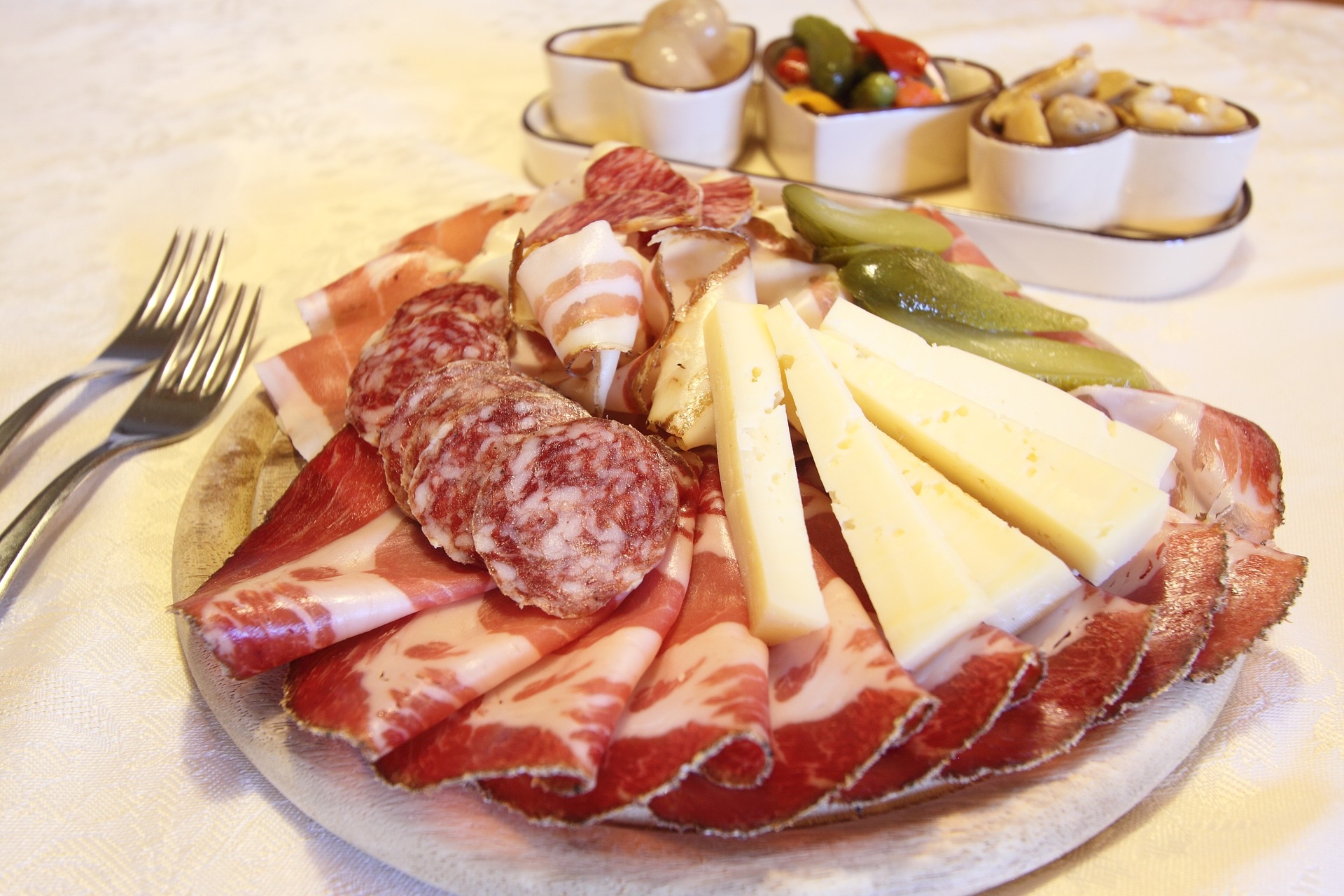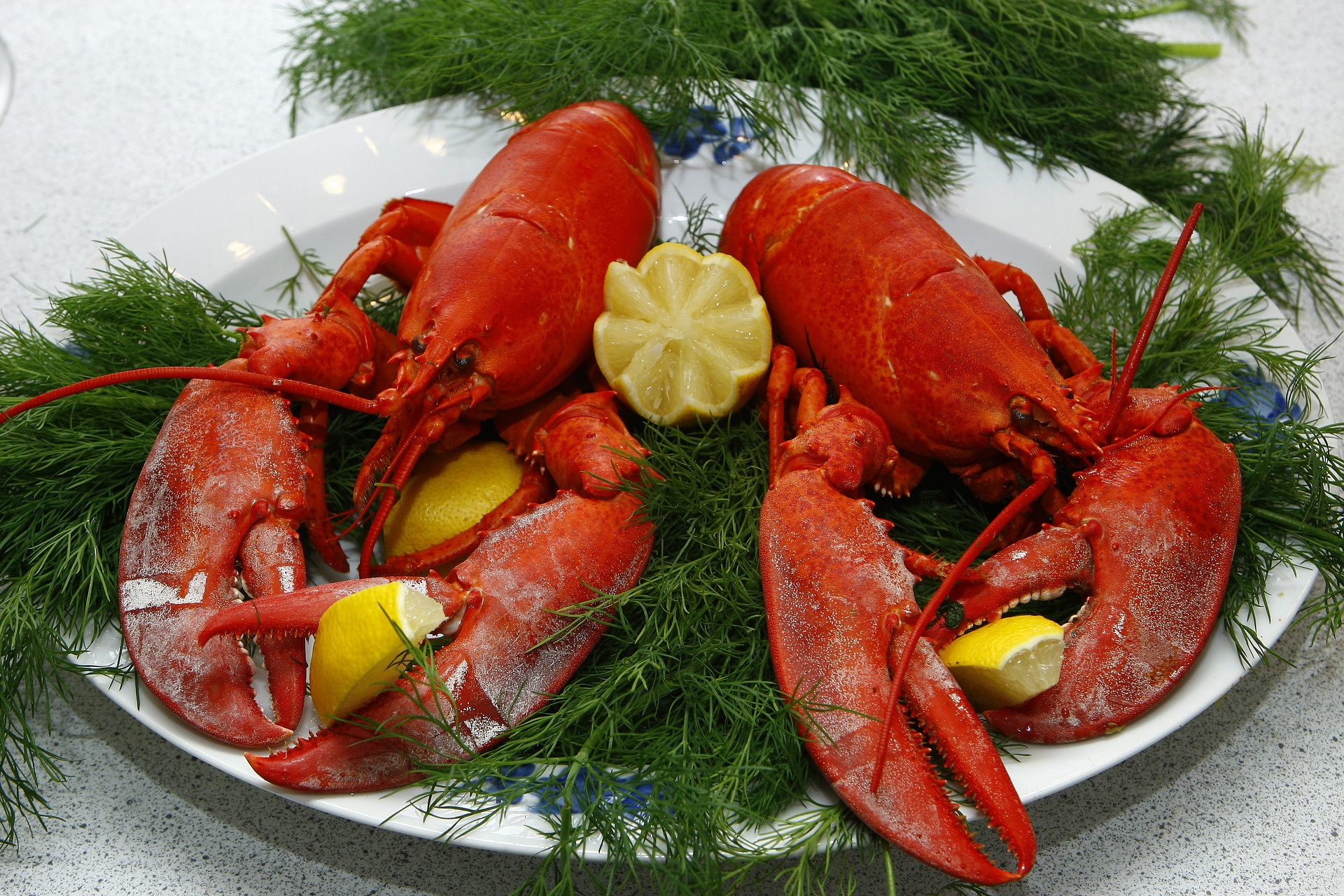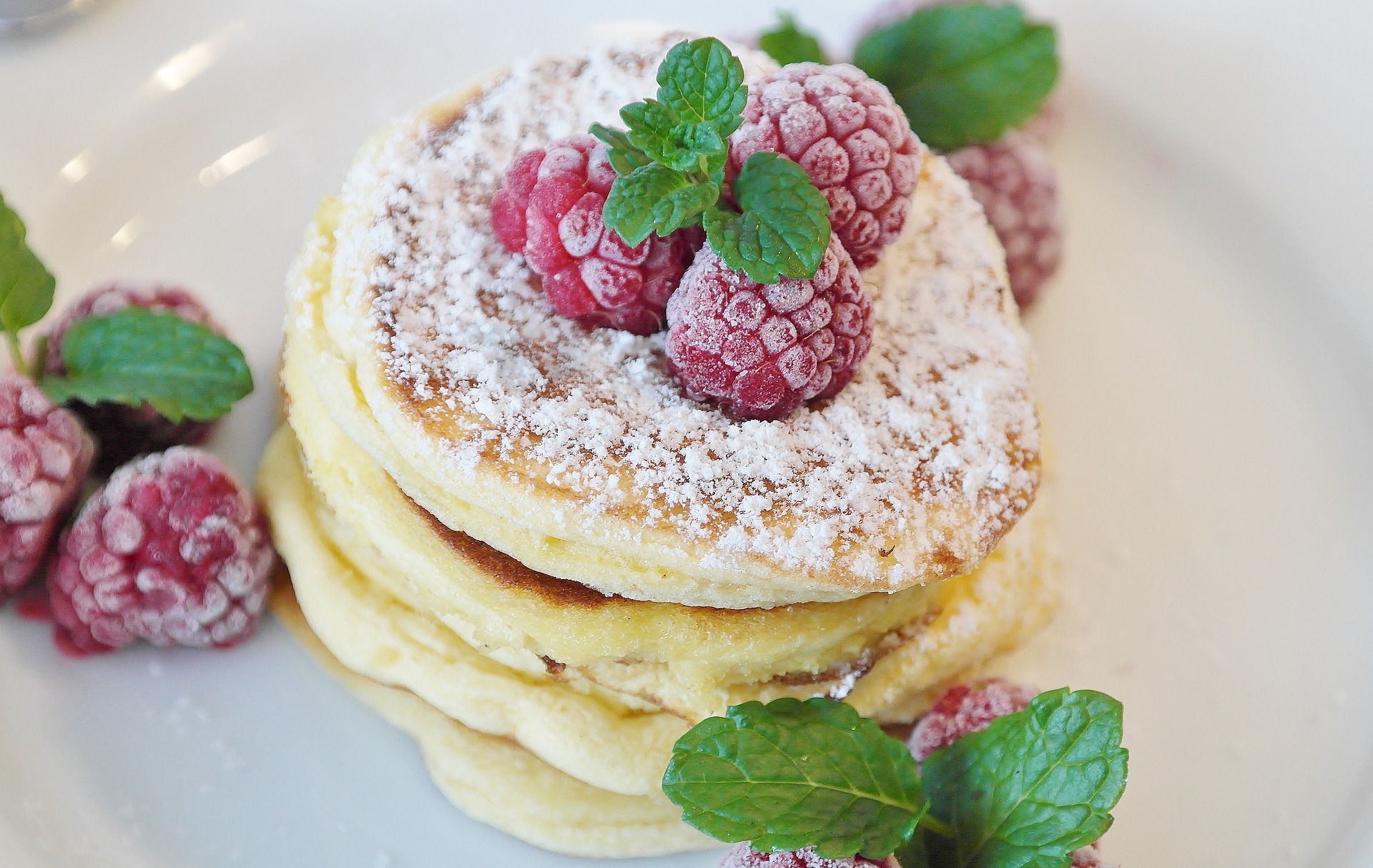Wine and food pairing
When wine and food flavours are correctly paired they enhance each other, harmonising their organoleptic characteristics and providing for a memorable tasting experience. Luigi Veronelli, the most renowned wine writer and philosopher referred to them as love marriages
Conversely, a mispairing can trivialise, if not ruin a wonderful culinary creation or a great wine. To delve deeper into the topic with precision and clarity it is worth noting that a perfect pairing is not always possible: very spicy dishes, dishes heavily flavoured with vinegar or lemon, raw artichokes, ice gelato and sorbets can be very difficult to pair with wine.
There are two generally proposed criteria for deciding which wine to pair with a certain food:
- Opposition criteria
- Correlation criteria
Opposition pairing is based on the concept of using wine to “smooth out” the asperity of a dish, looking to achieve a balance in terms of intensity and persistence of the aromas and structure.
Correlation pairing, on the other hand, is based on the idea of further emphasising specific characteristics of a food with a wine that has the same characteristics.
In order to determine a correct pairing with wine, aside from the visual and olfactory evaluation of a dish, what matters most are its taste-olfactory characteristics:
- Fattiness: due to the presence of solid fats and therefore typical of butter, lardo and cured meats, and also present in chocolate (which contains at least 30% cocoa butter). It is perceived as a doughy note on the tongue. An opposition pairing approach is typically used, searching for a rich flavour and freshness of taste offered by the acidity of a wine or the effervescence of a sparkling wine.
- Oiliness: while fat is something solid, an oily note is something liquid and is therefore attributable to vegetable oils or liquefied fats. An opposition pairing approach is typically used, searching for a good tannic note in the case of a red wine or an adequate degree of alcohol in the case of a white wine.

- Sweet tendency: due to starch naturally present in a food, such as bread, shellfish or pumpkin. An opposition pairing approach is typically used, with the idea that a wine with good acidity provides the most refined way to enhance the sweetness of the dish.
- Sweetness: much more pronounced than a sweet tendency, it is due to sugars added during the preparation of the dish, typically desserts. In this case a correlation pairing approach is used, choosing a wine with a more or less marked degree of residual sugar.

- Succulence: due to the presence of liquids in the mouth released by the food or added during the preparation of the dish, for example a rare steak or tortelli in broth. An opposition pairing approach is typically used, seeking a good tannic note or an adequate degree of alcohol.
- Saltiness / richness of flavour: taste sensation given by salt. The pairing is based on an opposition approach with the softness of the wine, primarily due to the glycerine content.

- Acidic tendency: prime examples include tomato sauce, vinegar and lemon. In this case the pairing is difficult. Typically, the opposition approach is used to try balance the dish with a wine offering good softness characteristics.
- Bitter tendency: occurs naturally in certain foods like radicchio, chicory, liver and characteristic of grilled dishes. The pairing is typically based on an opposition approach.

- Spicy overtones: due to the addition of spices or aromatic herbs, it is typical of cured meats such as finocchiona toscana and cheeses like pecorino with black pepper. In this case a correlation pairing approach is used, choosing a wine with a long aromatic finish.
- Aromaticity: refers to the natural aroma of certain foods such as game, mushrooms or cheese. In this case a correlation pairing approach is again used, choosing a wine with a long aromatic finish.

When it comes to food-wine pairing, to help you make the transition from theory to practice, we encourage you to take the time to read the culinary creations of a few great chefs who have created a number of special recipes for our companies and who offer in their restaurants the DCC wines listed on our website.





